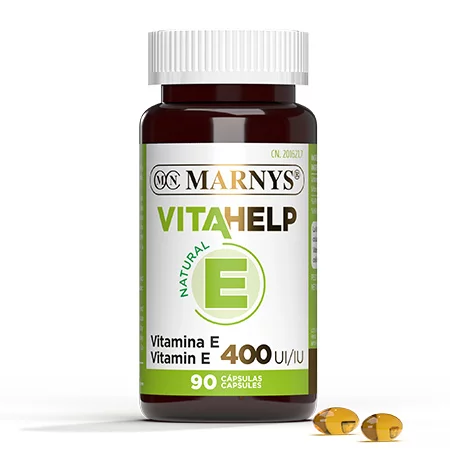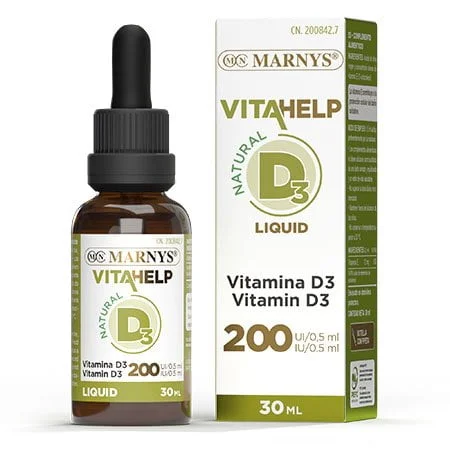? Ask us your questions
Share on social networks
TO KNOW MORE
Vitamin E and the antioxidant effect
Vitamin E is the name given to a group of water-insoluble plant substances. There are eight natural forms, being d-alpha-tocopherol the most biologically active form and the activity of vitamin E is traditionally expressed in terms of equivalents of this form, that is, equivalents of alpha-tocopherol in mg or α-TE.3
The major sources of vitamin E are fats and oils. It is also found in some vegetables, in meat, poultry and fish fats and, to a lesser extent, in cereals and dairy products. About half of the tocopherol in wheat germ, sunflower, safflower, canola, olive, and cottonseed oils is α-tocopherol, but soya bean and corn oils contain about 10 times more γ-tocopherol than α-tocopherol.2,3
Most of the vitamin E is found in foods containing fat. Absorption requires fat content in food for intestinal absorption, along with bile and pancreatic secretions.2,3
What are oxidative free radicals and how does vitamin E help?
Oxidative free radicals or reactive oxygen species (ROS) are generated in biochemical processes (for example the respiratory process) and as a result of exposure to external factors (radiation, pollutants). These reactive intermediates can damage molecules such as DNA, proteins and lipids if they are not intercepted by the antioxidant network, which includes free radical scavengers like antioxidant nutrients.1
Vitamin E works physiologically as an antioxidant that captures free radicals and prevents the spread of lipid peroxidation. Vitamin E is part of the antioxidant defence system, which is a complex network including endogenous and dietary antioxidants, antioxidant enzymes and repair mechanisms, with mutual interactions and synergistic effects between the various components.1
Vitamin E is effective when protecting the integrity of lipids and phospholipids in cell membranes and, therefore, its presence and recommended intake is largely determined by the amount of polyunsaturated fatty acids (PUFA) consumed. Increased PUFA content in a diet low in α-tocopherol equivalents has been shown to have got adverse effects on tocopherol status.1,2
Refrances
- Scientific Opinion on the substantiation of health claims related to vitamin E and protection of DNA, proteins and lipids from oxidative damage. EFSA Journal 2010.
- Tolerable Upper Intake Levels for Vitamins and Minerals. EFSA 2006
- Nutrient Reference Values for Australia and New Zealand. 2006































Reviews
There are no reviews yet.